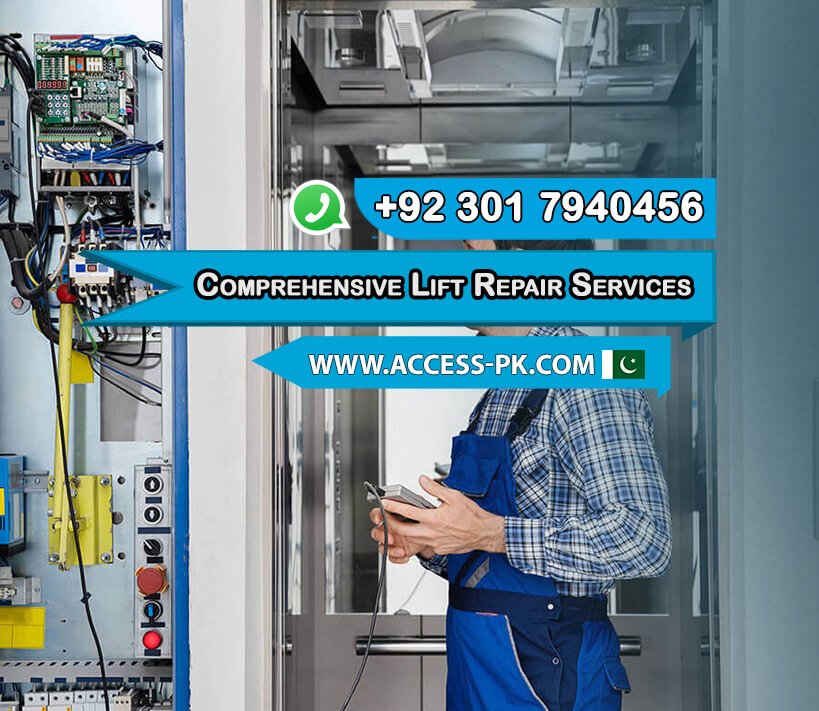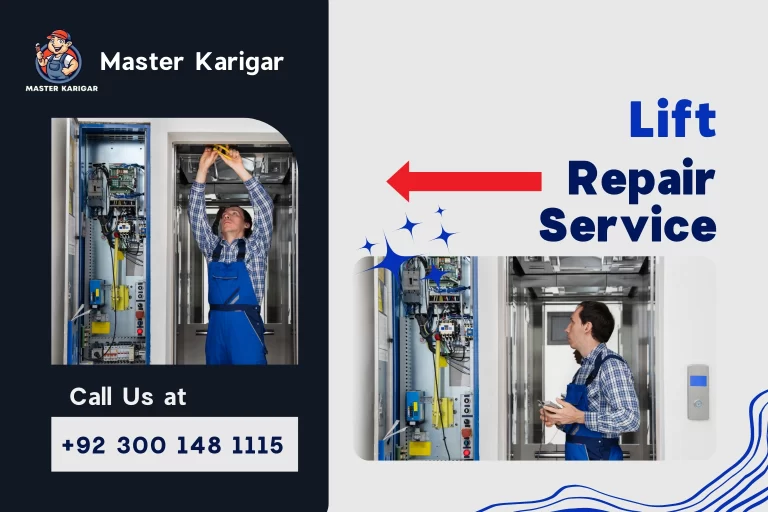Comprehensive Guide to Lift Systems and Their Upkeep
Browsing the intricate globe of lift systems and their maintenance is a job that requires accuracy and understanding. From the different types of elevator systems in usage to the precise adherence to security laws, the upkeep of these upright transportation devices is a diverse undertaking.
Kinds of Elevator Solutions
The most common types consist of hydraulic lifts, grip lifts, machine-room-less elevators, and vacuum cleaner elevators. Hydraulic elevators are suitable for low-rise structures and make use of a hydraulic piston to relocate the elevator automobile. Machine-room-less lifts are a space-saving choice as they do not need a separate machine area for the lift equipment.
Each kind of elevator system has its own advantages and disadvantages, making it vital for structure owners and programmers to carefully consider their certain needs before choosing one of the most appropriate choice. Factors such as building elevation, area schedule, energy performance, and budget plan constraints all play a significant duty in establishing the very best elevator system for a particular structure.
Typical Maintenance Issues
Normal upkeep of lift systems is essential to guarantee smooth operation and prolong their lifespan. Despite regular upkeep, lift systems can still run into usual upkeep concerns that require to be quickly addressed to avoid disturbances in solution. Routine examinations and positive maintenance can help identify and deal with these typical upkeep issues prior to they intensify and affect the overall performance of the elevator system.
Safety And Security Laws and Compliance
Abiding by rigid security policies and ensuring conformity with market requirements are extremely important for maintaining the operational stability of lift systems. Elevators are subject to an extensive set of safety guidelines to secure guests, upkeep workers, and the basic public. Governing bodies such as the Occupational Safety And Security and Health Management (OSHA) in the United States and the European Lift Organization (ELA) in Europe develop guidelines that cover different aspects of lift design, installation, upkeep, and operation.
Conformity with these laws is not just a lawful need yet also an ethical commitment for structure proprietors and lift upkeep business. Normal inspections, upkeep checks, and adherence to safety and security methods laid out in the laws are essential to ensure the safe and reliable procedure of lift systems.
Ideal Practices for Maintenance

Structure owners need to likewise consider investing in innovation upgrades to improve the performance and security of their elevator systems. By following these ideal practices, lift systems can operate smoothly and securely, offering trusted vertical transport for owners.

Advanced Technologies for Effectiveness
Executing advanced technologies in elevator systems can significantly enhance functional performance and traveler experience. lift maintenance company. One of the essential advancements in lift modern technology is the intro of destination control systems. These systems allow guests to input their preferred floor prior to going into the elevator, which after that guides them to the most efficient auto. By decreasing unneeded stops and maximizing travel courses, destination i was reading this control systems lower wait times and blockage in high-traffic buildings.
Furthermore, the assimilation of wise sensing units and predictive upkeep capacities has changed elevator maintenance. These sensors can identify prospective concerns before they escalate, making it possible for proactive upkeep treatments and reducing downtime. In addition, making use of regenerative drives and energy-efficient components helps in reducing power consumption and operating expense in lift systems.
Additionally, the execution of cloud-based monitoring and remote diagnostics enables for real-time monitoring of lift performance and immediate troubleshooting of any type of malfunctions. This positive strategy not only improves system dependability yet additionally improves the total customer experience by making sure smooth and nonstop elevator operations.
Final Thought
In verdict, recognizing the various kinds of elevator systems, typical upkeep issues, safety policies, finest upkeep practices, and advanced technologies for effectiveness is vital for making certain the smooth procedure of lifts. By sticking to safety and security policies and executing finest methods for upkeep, building owners can prolong the life-span of their lift systems and make certain the safety and security of guests. It is essential to remain updated on the most recent developments in lift technology to improve efficiency and integrity.
The most usual types include hydraulic lifts, grip elevators, machine-room-less elevators, and vacuum cleaner lifts. Hydraulic elevators are ideal for low-rise buildings and make use of a hydraulic piston to relocate the elevator car. Machine-room-less lifts are a space-saving choice as they do not need a separate equipment space for the elevator equipment. Routine assessments and positive upkeep can assist recognize and settle these typical maintenance problems before they rise and influence the total performance of the elevator system.
